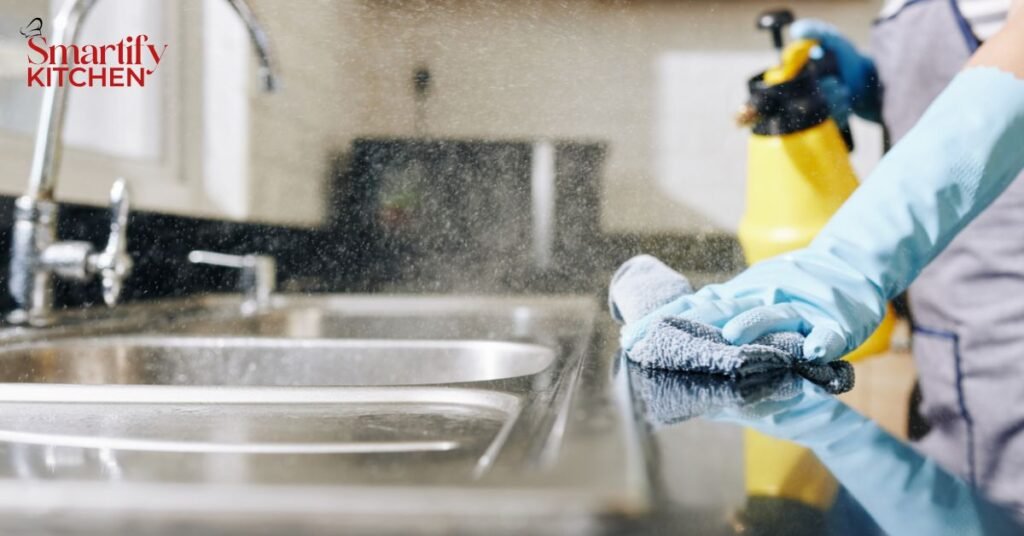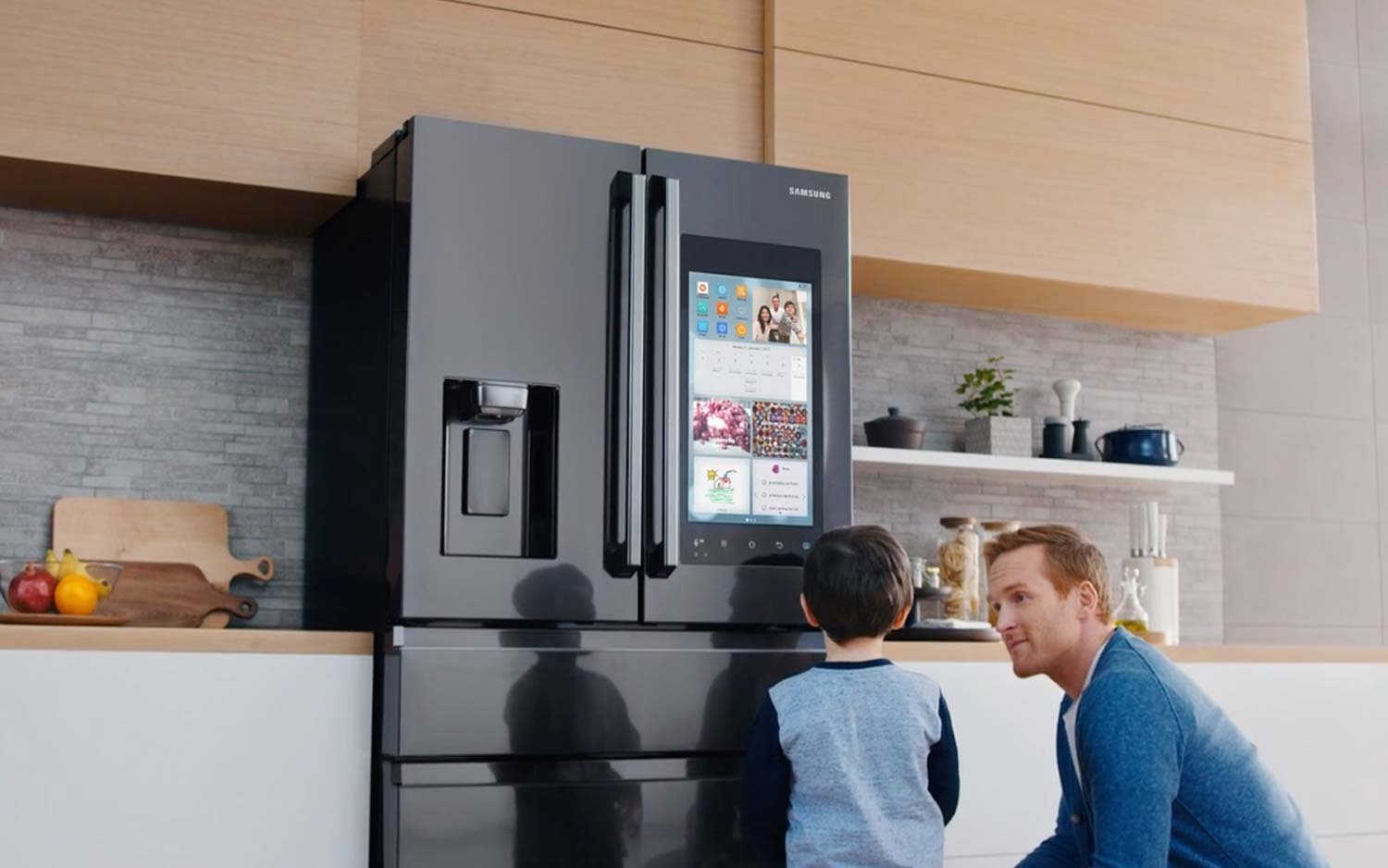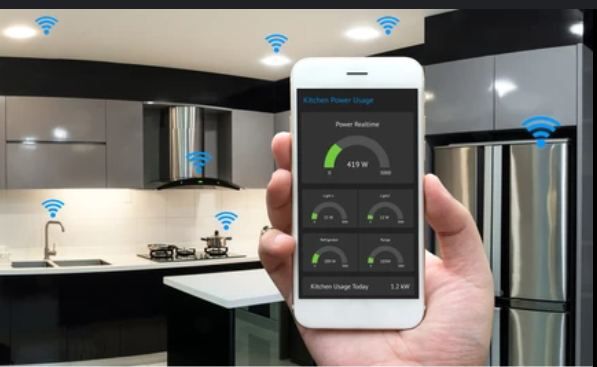How To Prevent Falls In The Kitchen | A Guide Made For Everyone’s Safety

Falling in the kitchen due to a slipping hazard is no joke; one day, you’re chopping onions, and the next, you’re on a stretcher in the emergency room, facing broken bones, head injuries, or worse.
While falling in the kitchen might not look serious, especially when you have witnessed it in sitcoms or romcoms played for laughs, in reality, it’s the polar opposite.
In Short :
Preventing falls in the kitchen involves keeping floors clean and dry, using non-slip mats, and avoiding unsecured rugs or clutter. Ensure proper lighting, organize storage safely, and wear appropriate footwear. Stay focused, avoid rushing, and address mobility or vision challenges to enhance safety.
While in those situations, the actors are in a controlled environment, in reality, you only have this guide on how to prevent falls in the kitchen which basically highlights the dangers of most common household accidents, and the kitchen, with its potential for spills, slippery surfaces, and bustling activity, presents a significant risk.
All while providing practical steps, insightful tips, and answers to common questions, so you can cook, clean, and socialize with confidence and peace of mind.
What Makes the Kitchen So Susceptible to Falls?
Well, as you can see, kitchens are the heart of the home, a bustling hub of activity where meals are prepared, conversations flow, and memories are made.
But that is not the only thing that is going on, in hindsight, this constant movement, combined with the presence of water, grease, and various cooking ingredients, creates a recipe for potential slips and falls.
I mean, the traffic is so constant and cluttered, one way or another, these everyday scenarios can quickly escalate into painful accidents.

Statistics consistently show that a substantial number of household injuries result from falls in the kitchen, emphasizing the importance of proactive safety measures.
Risk Factors Associated With Kitchen
If you aren’t careful in the kitchen, it’s pretty much a game over for you and your bones, understanding the specific risk factors associated with kitchen falls allows us to address them directly and implement preventative strategies.
Technically you could say these risks are broadly categorized into environmental hazards and personal factors.
Environmental Risks
Let’s Review some Environmental Risks.
1. Slippery When Wet
Have you ever seen those signs at the mall that say “Slippery when wet”? Well, that’s exactly what’s happening in your kitchen but at a smaller scale, except the accidents are similar.
Smooth flooring materials such as tile and linoleum, while aesthetically pleasing, can become treacherous when wet or greasy. Even a small amount of spilt liquid can transform these surfaces into a virtual skating rink.
2. Unsecured Rugs and Mats
Just because you saw a rug or mat that’s so cute and blends well with the ambience doesn’t mean it should be lying around with any form of backing.
Area rugs and mats, particularly those without non-slip backing, can easily slide or bunch up, posing a tripping hazard.
Loose edges are especially dangerous, one slip and you are done so be careful and anchor those mats wisely.
3. Clutter and Obstructions
A cluttered kitchen floor is an accident waiting to happen. Items like shopping bags, pet toys, electrical cords, and misplaced kitchen tools create obstacles that can easily be tripped over.
Get organized as much as you can, I cannot emphasize enough how much a cluttered kitchen can cause accidents.
4. Poor Lighting
Less illumination means more chances of you bumping into stuff that you would have clearly avoided otherwise.
In other words, Inadequate lighting casts shadows and makes it difficult to see potential hazards clearly, increasing the risk of tripping over unexpected objects or uneven surfaces.
5. Unsafe Storage Practices
Storing heavy items on high shelves or in low cabinets requires reaching and bending, which can compromise balance and lead to falls, ouch!

Personal Risks
Let’s Explore some Personal Risks.
1. Improper Footwear
Sometimes even the best of us can get lazy and wear footwear that we often wear with pyjamas, the kind of slippers that have less friction but look cute and cosy.
Wearing socks, slippers, or high heels in the kitchen can decrease traction and stability, making slips more likely.
2. Rushing and Distraction
Time is money but so is your health, don’t let haste get a hold of you, by saving a couple of minutes you might be risking yourself in danger. Always slow down and be mindful of your surroundings.
In other words, moving too quickly or being distracted by tasks, conversations, or electronic devices can lead to carelessness and increase the risk of accidents.
3. Vision issues
Vision also has a direct correlation with illumination, however even under proper illumination you could still have some risk involved in slipping and hurting yourself.
Your poor vision might make it harder to perceive obstacles and navigate the kitchen safely, contributing to the risk of falls.
4. Mobility Problems & Aging
As we age, our balance, coordination, and reflexes can decline, increasing the likelihood of falls. Conditions like arthritis or osteoporosis can further exacerbate these challenges.
On the other hand, certain medical conditions, such as low blood pressure or medications that cause dizziness, can increase the risk of falls.
Risk Minimization and Prevention Protocol
The chances of you falling or slipping will never be zero, but it’s safe to assume that with these tips and methodologies, you could flatten the risk percentage to a bare minimum.
1. Keep Floors Clean and Dry
Don’t procrastinate, a little drop of water might look innocent but it could cost you a lot. The moment a spill occurs, grab a cloth or paper towel and clean it up. Don’t just mop up the visible liquid; ensure the area is completely dry.
Additionally, you can also Opt for cleaning solutions specifically designed for your flooring type and avoid products that leave a residue, as this can create a slippery film. Regularly clean your floors to remove grease and grime buildup.

2. No-Wax Floor Finish
Waxing and polishing surfaces is always a bad idea, If you have wax-finished floors, consider switching to a no-wax alternative that provides a shine without sacrificing traction.
On the flip side, waxed floors can become dangerously slippery, especially when wet, significantly increasing the risk of falls. A no-wax finish offers a safer alternative.
4. Invest in Non-Slip Solutions
Place non-slip mats or rugs in high-traffic areas such as in front of the sink, stove, and refrigerator.
But that’s not all, you can also choose mats with rubber or textured backing to prevent them from slipping. If you spend long periods standing in the kitchen, you can also use anti-fatigue mats. These not only provide comfort but also enhance stability, reducing the risk of fatigue-related falls.
Final Thoughts – How To Prevent Falls In The Kitchen
The above steps mentioned basically touch almost all aspects of how to prevent falls in the kitchen, however, you could almost always take additional steps to overcome problems that I might have missed such as installing motion sensors for seniors or optimizing the layout so you could walk or move easily.
Making your kitchen a safer space is about taking a proactive stance, not a reactive one. By diligently practising simple cleaning habits, consciously organizing your kitchen space, and perhaps even embracing a few savvy upgrades, you can significantly diminish the likelihood of kitchen falls.
Remember, a few thoughtful changes can make a world of difference when it comes to protecting yourself and your loved ones. Start implementing these preventative strategies today, and savour the peace of mind that comes with a fall-proof kitchen.






